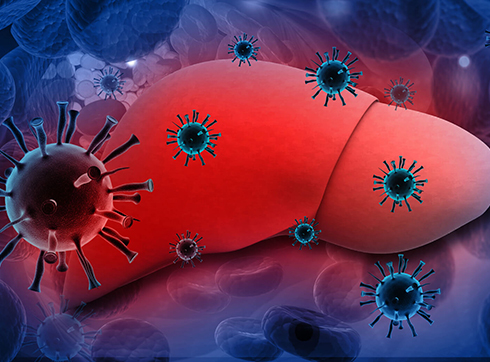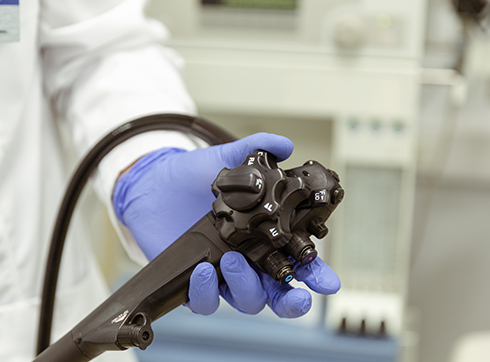
Hepatitis is a pathology of the liver, spreads in different ways, develops in different forms and, with serious complications, leads to death. The causes of the development of the pathology are infection, toxins, but according to statistics, the vast majority of patients are diagnosed with viral hepatitis or liver inflammation. An untimely visit to a specialist and failure to provide effective therapy provokes the development of a chronic form.
Symptoms
The first serious symptoms of hepatitis begin after the virus has multiplied in sufficient quantities and is fully adapted in the body. It takes from 14 days to six months. To jaundice, the disease resembles the flu: fever, headache, weakness.
If hepatitis B virus is detected, a rash covers the skin.
The development of pathology is accompanied by a decrease in appetite, increased fatigue, vomiting, discomfort appears in the hypochondrium on the right. Urine acquires a dark shade, feces brightens. The examination reveals a change in the size of the liver, less often the disease affects the spleen.
There are several degrees of severity of the development of pathology: mild, moderate and severe.
The fulminant or fulminant form of the disease is accompanied by liver necrosis and leads to the death of the patient.
- Only viruses of groups B, C and D are transformed into a chronic form. Symptoms of the pathology are as follows:
- fatigue, manifested by the end of the day;
- decreased physical activity;
- bleeding
- discoloration of urine;
- a change in the shade of the skin - characteristic yellowness caused by an increase in the level of bilirubin;
- changes in the size of the liver and spleen;
- itching
- the appearance of spider veins.
Symptoms of viral hepatitis are nonspecific in nature and occur in other pathologies. Not infrequently, the patient does not even suspect about the disease, feeling healthy. Diagnosis of true pathology is possible only on the basis of laboratory tests that the doctor will prescribe.

Classification
Hepatitis A - this form of pathology is more common than others, popularly known as Botkin's disease. The incubation period is from a week to 50 days. The most dangerous for others are patients until the first signs of jaundice appear with hepatitis. Virus reproduction stops when jaundice develops.
Hepatitis B - known as Serum Hepatitis, the virus is transmitted through the blood. Infection occurs during intimacy. A pregnant woman infected with hepatitis will transmit the virus to her baby. The incubation period is from 50 days to six months.
Hepatitis C is the most dangerous virus known as post-transfusion hepatitis. In most cases, infection occurs through the blood. The incubation period is from two to 26 weeks. Hepatitis C is called a “gentle killer,” because of the ability to mask a true ailment under the guise of less dangerous pathologies. In 80% of diagnostic cases, the pathology transforms into the chronic phase and in the future leads to cirrhosis or liver cancer. That is why it is important to timely identify the disease and conduct effective therapy. Given the low concentration of the virus in the blood, the fetus does not become infected during pregnancy, but there are known cases of transmission of the virus through breast milk.
Hepatitis D - for the multiplication of the virus, hepatitis B virus is required. The incubation period lasts up to six months. A mixed infection caused by two viruses causes cirrhosis and death.
Hepatitis E - the most dangerous for the fetus in the second half of pregnancy. Young people aged 15 to 29 are infected. Pathology goes into the active phase at the end of the incubation period, which lasts from two weeks to 50 days. With the timely treatment of the disease, the prognosis is favorable, but complications are possible - damage to the kidneys and liver. This virus does not occur in the chronic phase.
Hepatitis G - this form of the virus is widespread among drug addicts. Symptoms are similar to signs of hepatitis C. Often cirrhosis develops when two viruses are detected - C and G.






















